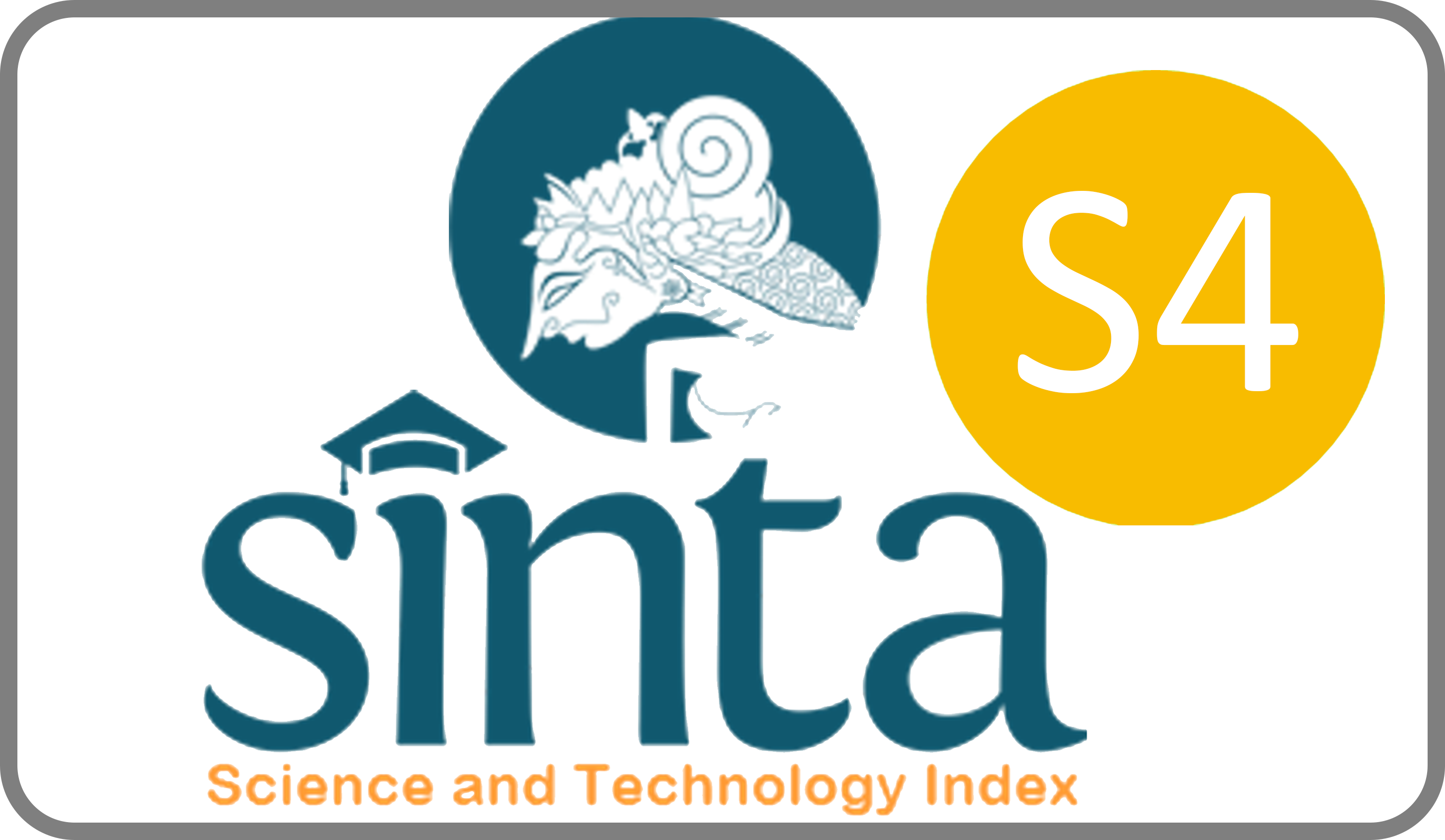COMMUNITY EMPOWERMENT AND SUSTAINABLE TOURISM: THE IMPLEMENTATION OF COMMUNITY-BASED TOURISM PROGRAMME IN SONGKHLA CITY
Downloads
In the late years, Thailand is facing the increase of the tourist number per year. The numerous tourist took vacancy to the Thailand, has positive and also negative impact. Songkla is the city enriched with history and culture, face much challenges in their communities, including herbal product, fishery, and mini mango farm. This paper aim to analyse the role of community based tourism (CBT) concept to strenghtened local communities participation, to protect sustainability of tourism, and facing challenge that faced by local communites. Community based tourism concept emerged as the solution for local communities to balance the tourism development with local communities prosperity. Quantitative, with interview, field observation, and documentation has been done. The result shows that Mini Mango, seabass, and herbal product have big economy potency, but need much better quality control and storage-duration management. To solve those problems, government and local communities in Songkhla must collaborate altogether. When these industries keep developing, that will help local economy and preserve culture in Songkhla, Thailand.
Bangkok Post. 2024. “Tourist Arrivals Top 28M in 2023.” https://www.bangkokpost.com/thailand/general/2716846/tourist-arrivals-top-28m-in-2023.
Baxter, P., & Jack, S. (2008). Qualitative case study methodology: Study design and implementation for novice researchers. The qualitative report, 13(4), 544-559.
Creswell, J. W., & Poth, C. N. (2018). Qualitative inquiry and research design: Choosing among five approaches (4th Ed.). Thousand Oaks, CA: Sage Publications.
Hall, CM., Prayag, G., & Amore, A. (2018). Tourism and resilience: Individual, organizational and destination perspectives. Bristol: Channel View Publications.
Junaid, I., M. Sigala dan A. Banchit. 2021. “Implementing community-based tourism (CBT): Lessons learnt and implications by involving students in a CBT project in Laelae Island, Indonesia.” Journal of Hospitality, Leisure, Sport & Tourism Education 29: 1-10. doi.org/10.1016/j.jhlste.2020.100295.
Lepp, A. (2007). Residents' attitudes towards tourism in Bigodi village, Uganda. Tourism Management, 28(3), 876-885.
Mitchell, J., & Ashley, C. (2010). Tourism and poverty reduction: Pathways to prosperity. London: Earthscan.
Murphy, P. E. (1985). Tourism: A community approach. New York: Routledge.
Putri, S. A., & Kresnawati, M. A. (2023). IMPLEMENTASI PROGRAM KERJASAMA THAILAND DI BIDANG PARIWISATA MELALUI INDONESIA-MALAYSIA-THAILAND GROWTH TRIANGLE (IMT-GT) TAHUN 2017-2021. Journal Publicuho, 6(2), 629-648.
Richards, G., & Hall, D. (Eds.). (2000). Tourism and sustainable community development. London: Routledge.
Sofield, T. H. (2003). Empowerment for sustainable tourism development. Emerald Group Publishing.
Tosun, C. (2000). Limits to community participation in the tourism development process in developing countries. Tourism management, 21(6), 613-633.
Wijaya, N.S., dan I.W.E. Sudarmawan. 2019. "Community-Based Tourism (CBT) Sebagai Strategi Pengembangan Pariwisata Berkelanjutan di DTW Ceking Desa Pakraman Tegallalang." Jurnal Ilmiah Hospitality Management 10 (1): 77-98. doi.org/10.22334/jihm.v10i1.
Yin, R. K. (2009). Case study research: Design and methods (Fourth Edition.). Thousand Oaks, CA: SAGE Publications, Inc.
Yusuf, Y., Hastuti, H., Taufik, M., & Ariawan, A. (2022). Peran Kualitas Layanan dalam Meningkatkan Kepuasan Masyarakat. Media Agribisnis, 6(2), 156-163.
Copyright (c) 2024 Briliani Putri Pijar Pratiwi, Alessandro Kartina, Firnanda Hady Wardhana, Gita Alya Hartono, Inez Tasya Brilliant, Muhammad Ilham Arrasyid, Nabila Putri Siswandini, Naufal Izzuddin, Naura Khalilah Sandrina, Raisa Jawda Azzam

This work is licensed under a Creative Commons Attribution-ShareAlike 4.0 International License.
JLM by Unair is licensed under a Creative Commons Attribution-ShareAlike 4.0 International License.
1. The journal allows the author to hold the copyright of the article without restrictions.
2. The journal allows the author(s) to retain publishing rights without restrictions
3. The legal formal aspect of journal publication accessibility refers to Creative Commons Attribution Share-Alike (CC BY-SA).
4. The Creative Commons Attribution Share-Alike (CC BY-SA) license allows re-distribution and re-use of a licensed work on the conditions that the creator is appropriately credited and that any derivative work is made available under "the same, similar or a compatible license”. Other than the conditions mentioned above, the editorial board is not responsible for copyright violation.


















